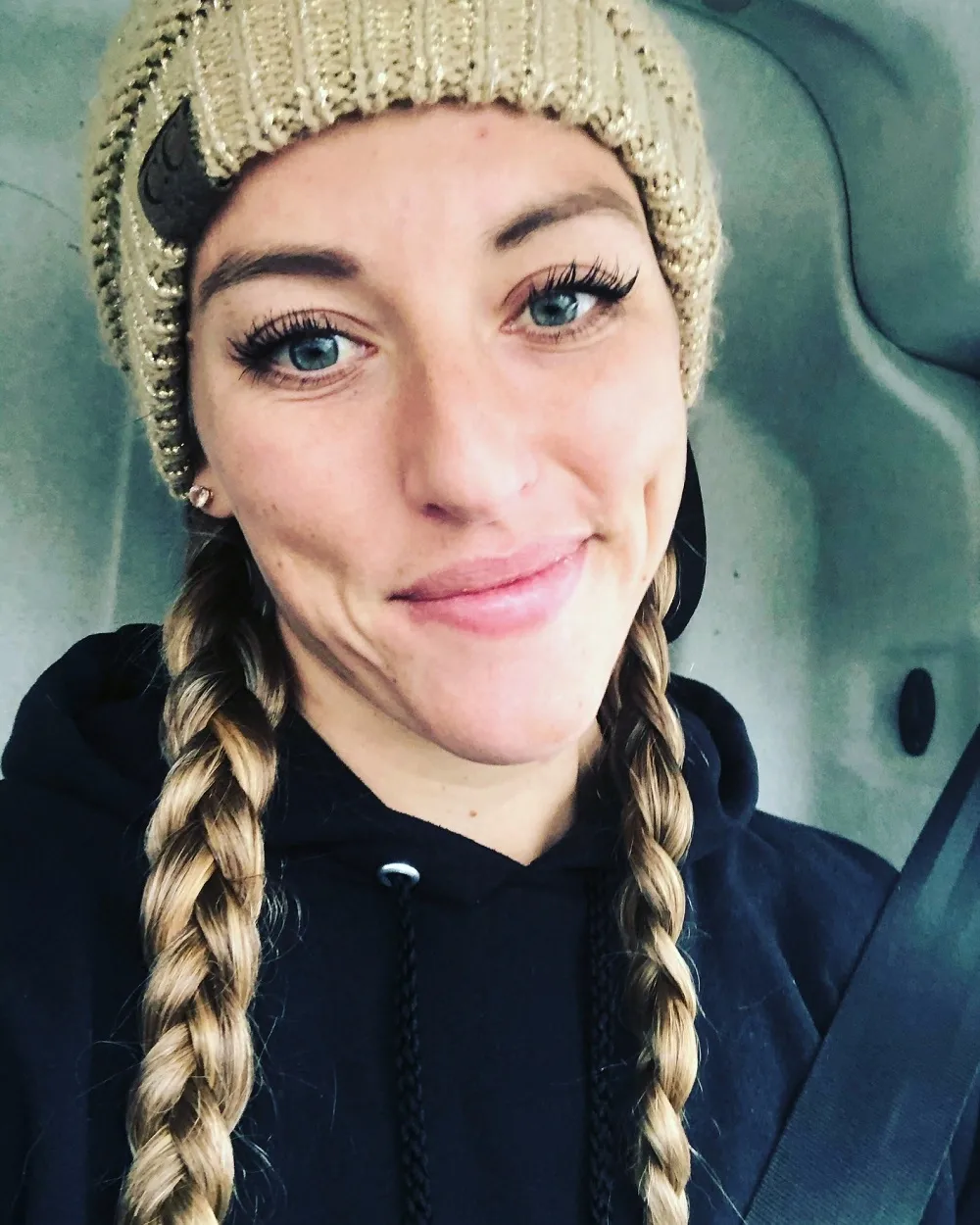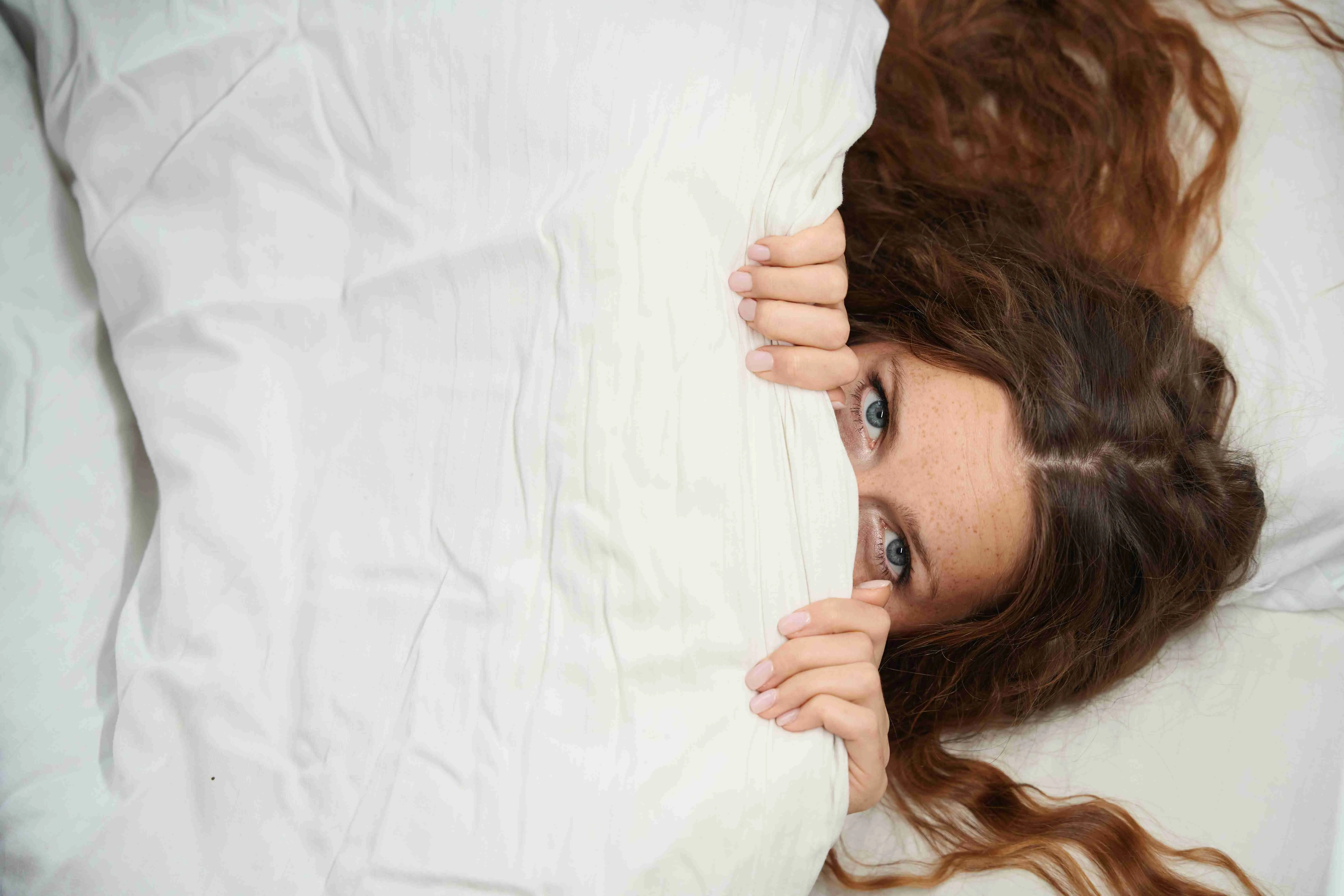Sleep is essential to our daily routine, allowing our bodies and minds to rest and rejuvenate. However, there are some scary facts about sleeping that may surprise you. From sleep disorders to bizarre occurrences during sleep,
Here are 10 scary sleep facts related to sleep and dreams that might make you think twice before drifting into dreamland.
1) Sleep Paralysis
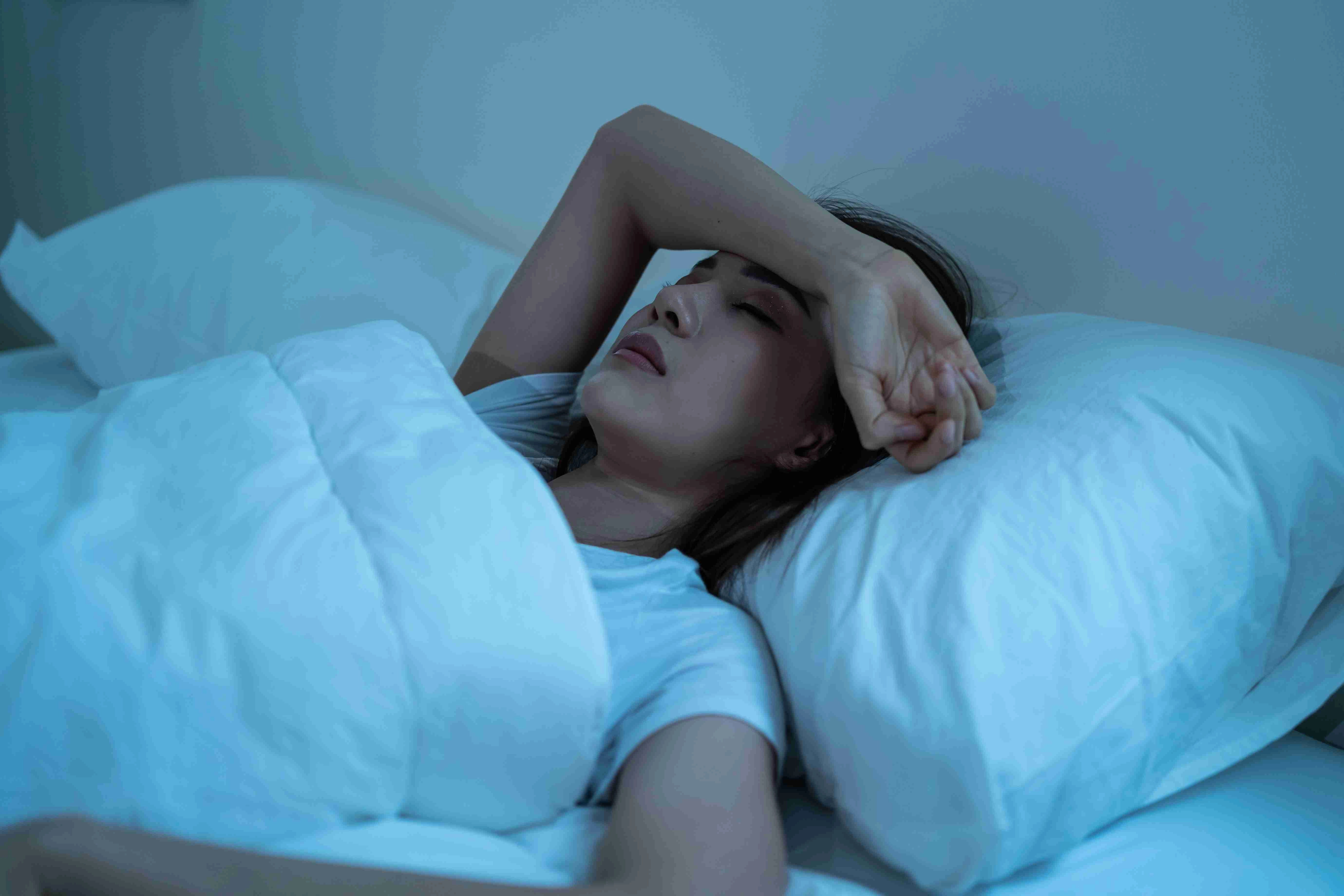
Sleep paralysis occurs when a person is temporarily unable to move or speak while falling asleep or waking up.
It can be accompanied by hallucinations, making the experience even more terrifying. Sleep paralysis can be a result of disrupted sleep patterns or certain medical conditions.
2) Hypnic Jerks
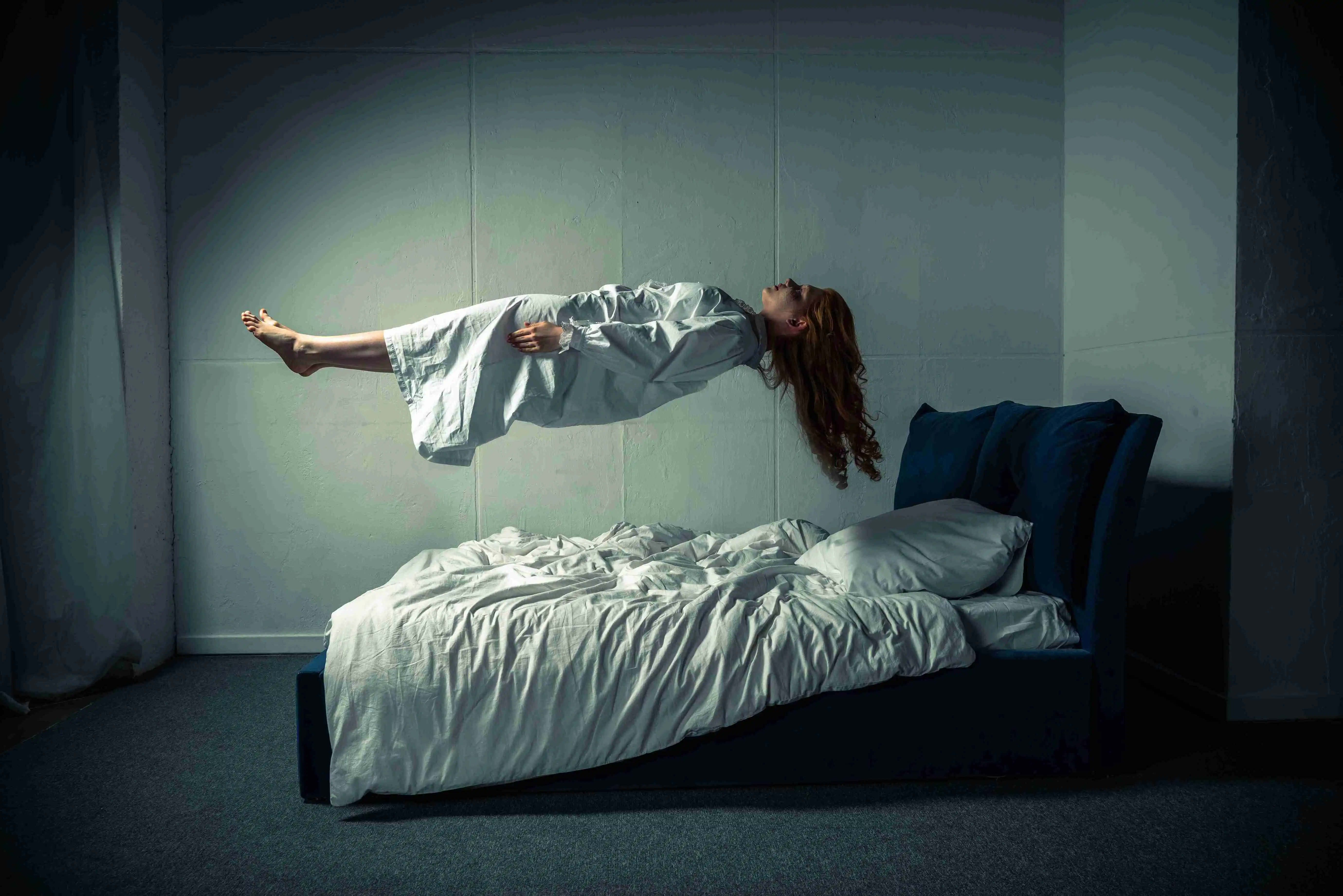
Hypnic jerks, also known as sleep starts, are sudden involuntary muscle contractions that occur just as a person is falling asleep. These jerks can be accompanied by a sensation of falling, which can startle and frighten individuals.
While the exact cause of hypnic jerks is unknown, stress, anxiety, and excessive caffeine consumption are thought to contribute to their occurrence.
3) Sleepwalking
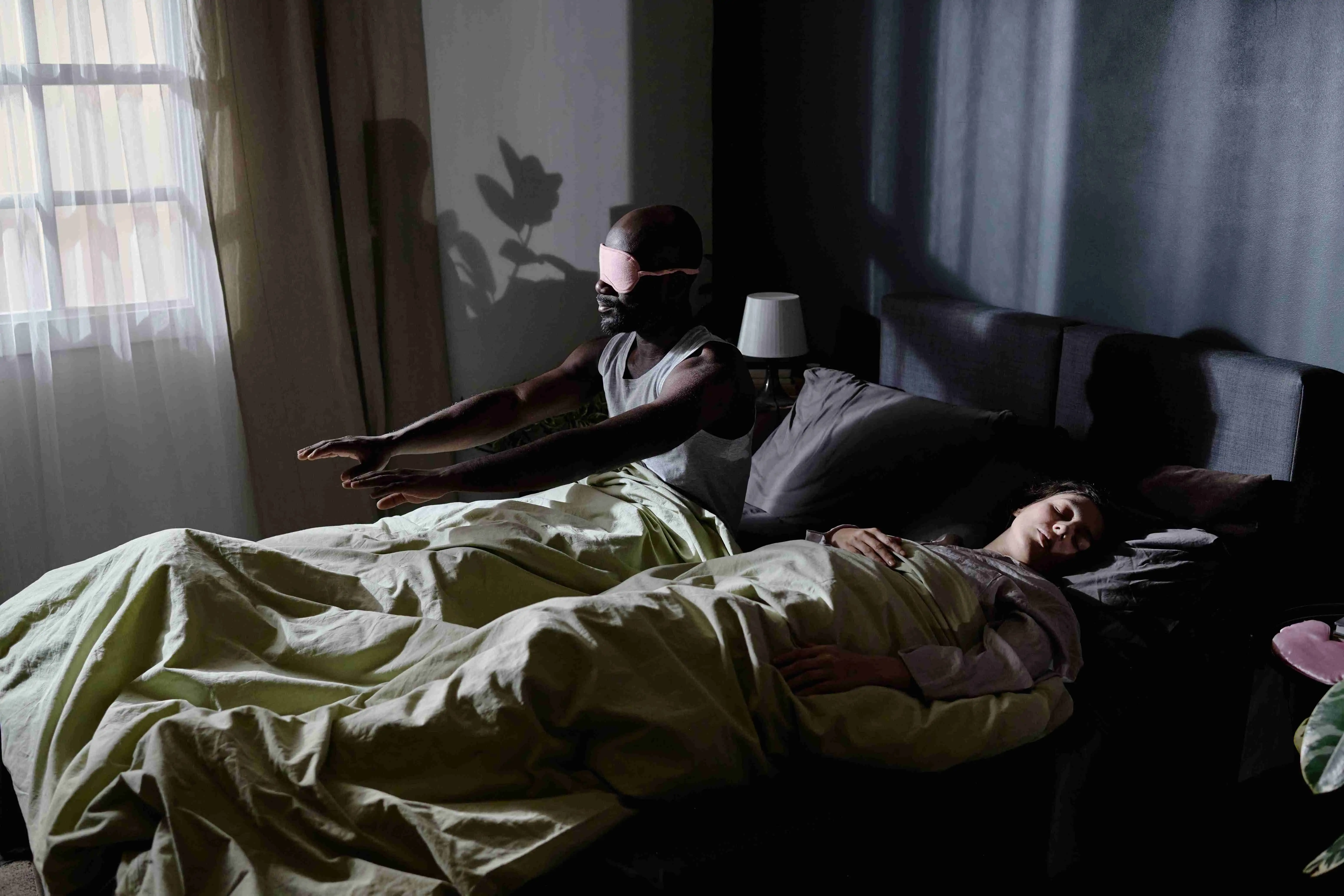
Sleepwalking is another one of the horrifying fun facts about sleeping. Sleepwalking, also known as somnambulism, is a behavior disorder that occurs during deep sleep.
People who sleepwalk may perform complex activities such as cooking, driving, or even leaving their homes without any recollection of these actions upon waking up.
Sleepwalking can be triggered by certain medications, sleep deprivation, or underlying medical conditions.
4) Exploding Head Syndrome
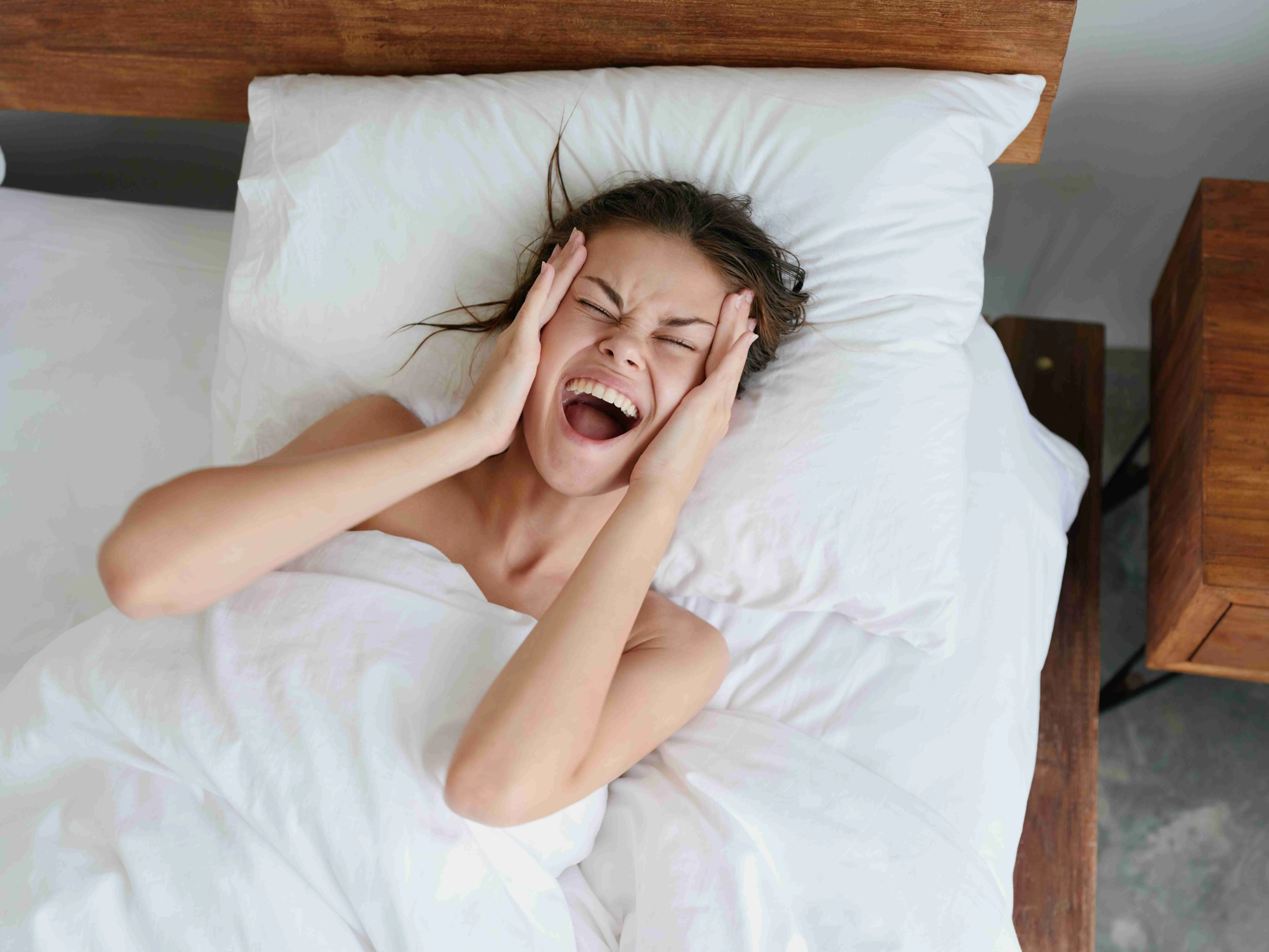
This is a rare sleep disorder in which a person experiences loud noises or explosive sounds while falling asleep or waking up. It can be a frightening experience, causing anxiety and disturbed sleep patterns.
5) Sleep Deprivation Will Kill You Quicker Than Starvation
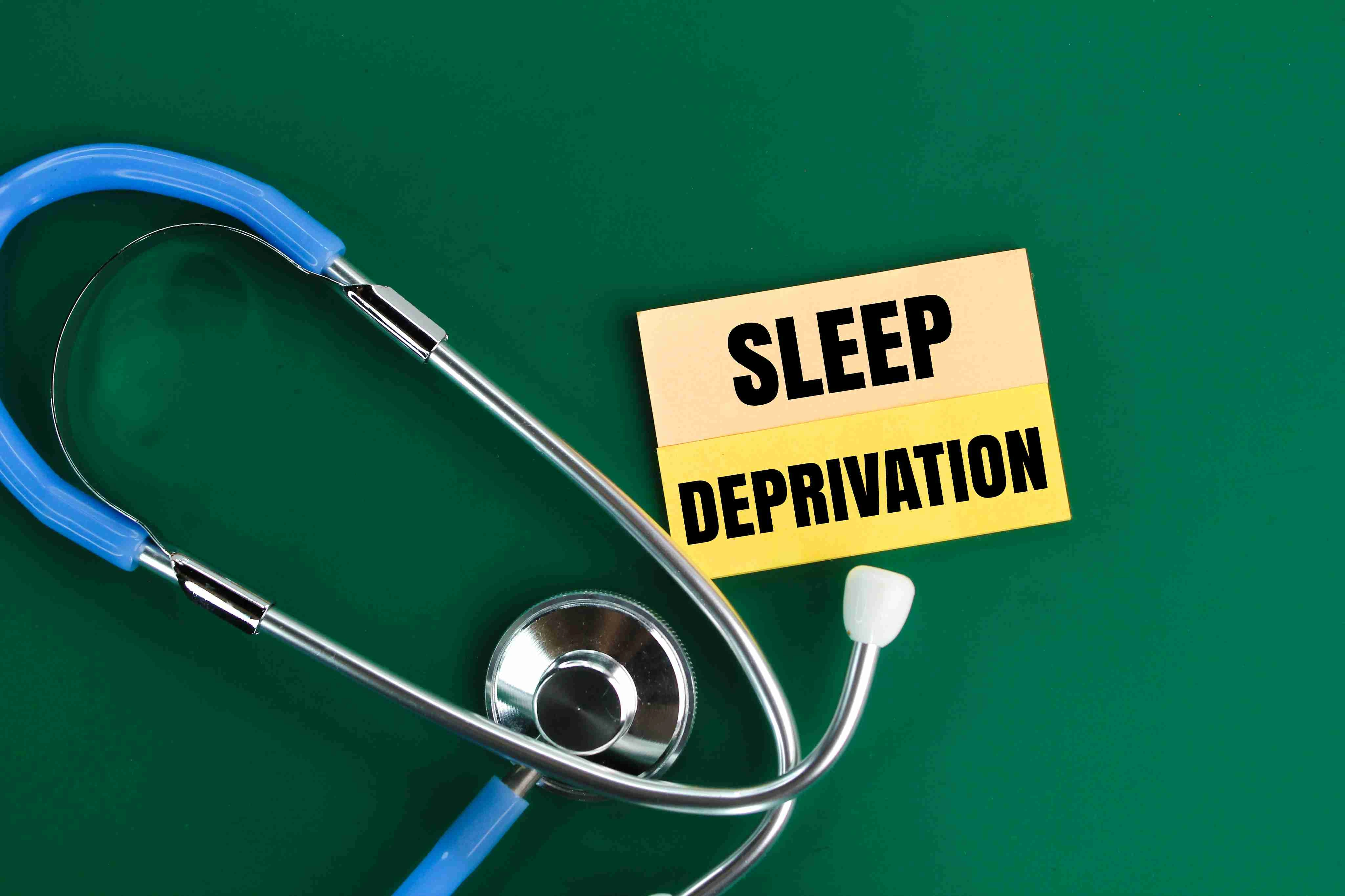
Sleep deprivation is a serious issue that can have dire consequences on our health, as sleep deprivation can kill you quicker than starvation. This frightening fact highlights the importance of getting enough restful sleep each night.
Lack of sleep not only makes you feel tired and groggy, but it can also have severe impacts on your physical and mental well-being, such as increasing the stress hormone or cortisol levels.
6) Dreams are Often More Negative Than Positive
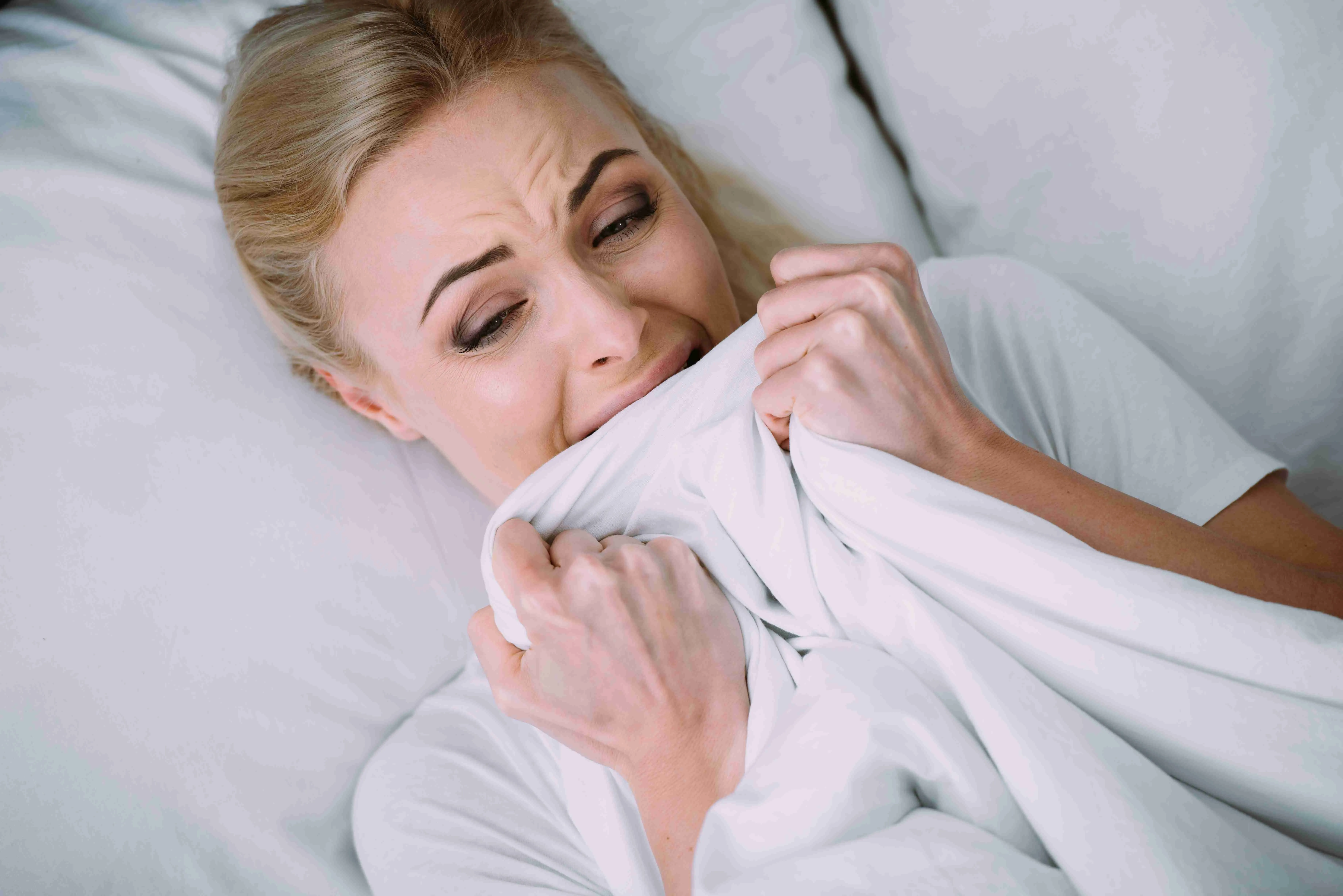
While many people associate dreams with pleasant experiences, the majority of dreams tend to be negative. These negative dreams can include waking nightmares, anxiety-inducing scenarios, and even traumatic events.
This can be unsettling for individuals who have intense vivid dreams, as it can disrupt their sleep cycles and leave them feeling unsettled upon waking up.
It is important to note that the content of dreams can vary from person to person, but the prevalence of negative dreams is a common phenomenon.
7) Some People Dream in Black & White
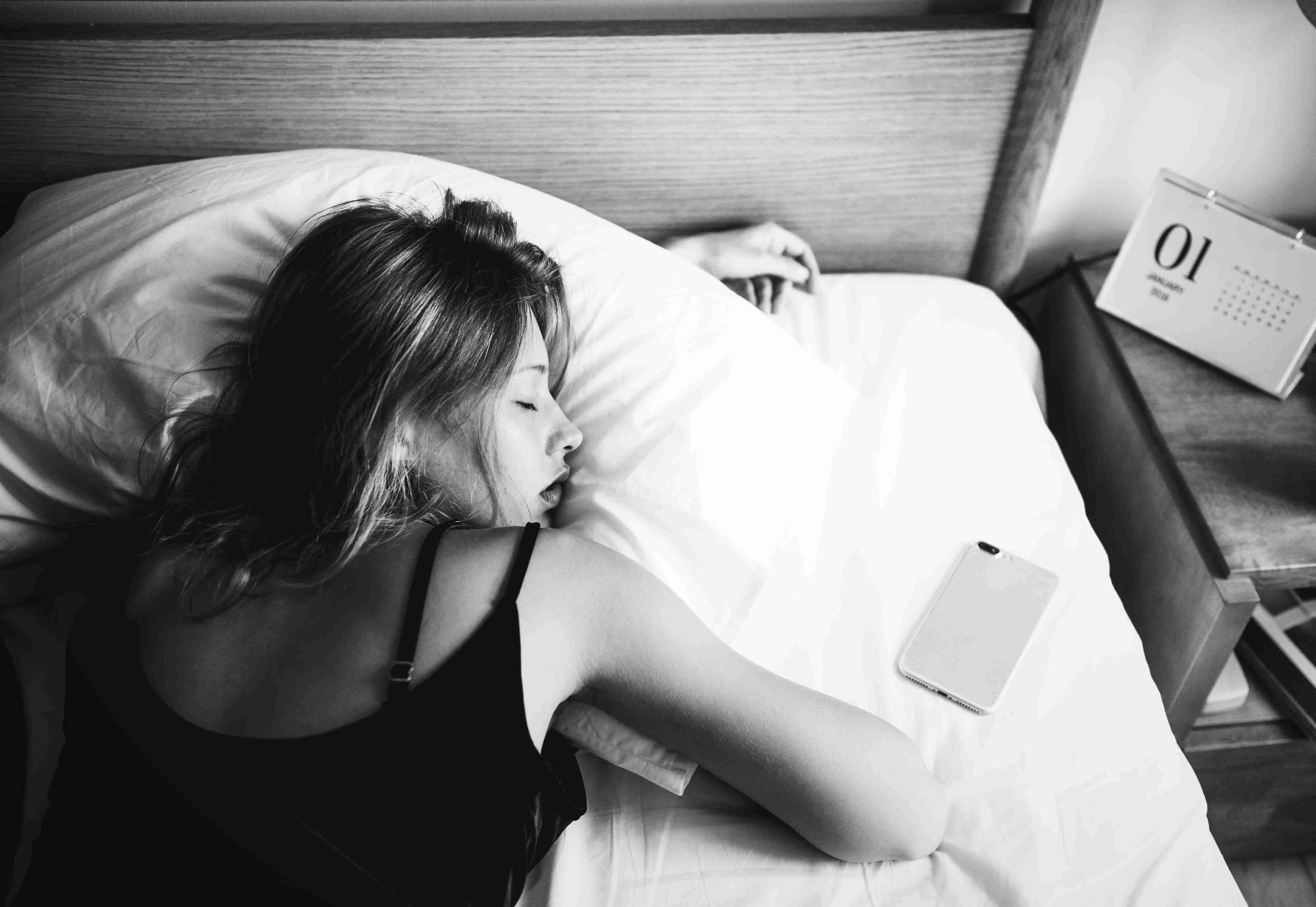
While most individuals experience vivid and colorful dreams, approximately 12% of the population only sees shades of gray during their dream state.
This phenomenon, known as achromatopsia, can be attributed to a variety of factors, including genetics, brain abnormalities, or even certain medications.
Although it may not be inherently dangerous, the idea of a colorless dream world is enough to send shivers down one's spine.
8) REM Sleep Behavior Disorder
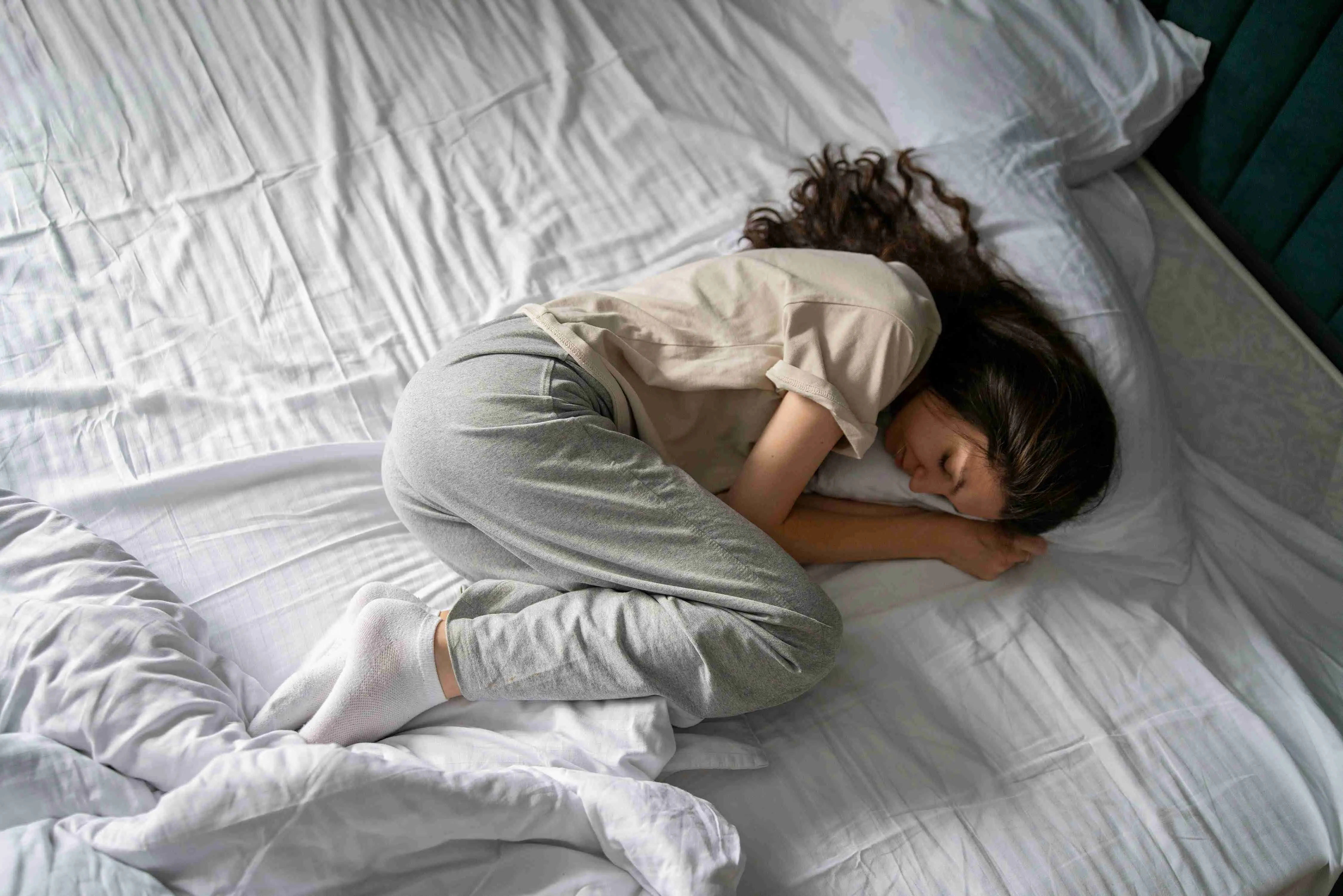
During the REM (Rapid Eye Movement), one of the sleep stages, our muscles are usually paralyzed to prevent us from acting out our dreams.
However, individuals with REM Behavior Disorder do not have this paralysis, leading to physical movements and even violent behaviors during sleep. This can be dangerous for both the person experiencing it and their sleeping partners.
9) Seeing the Future in Dreams is Common
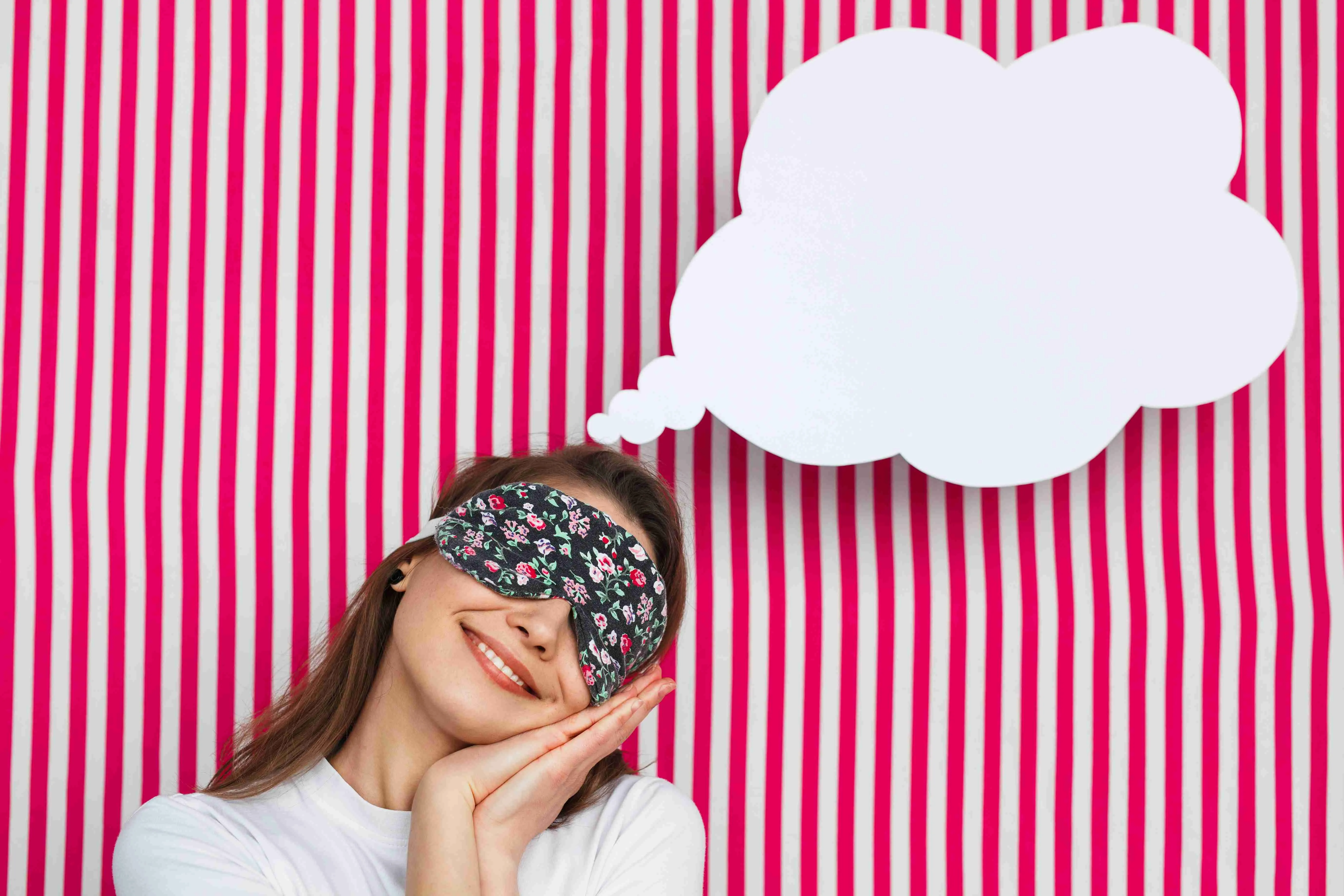
One of the scary facts about sleep and dreams is that many people have reported having vivid dreams that seem to predict events that eventually happen in real life.
This phenomenon, known as precognitive dreaming, can be unsettling and leave individuals questioning the nature of their dreams.
While it is still not fully understood why some people have these experiences, it is clear that the human mind is capable of extraordinary abilities during sleep. However, this ability to see the future can also be frightening, as it raises questions about fate and the limitations of our conscious mind.
10) The Unknown of Night Terrors
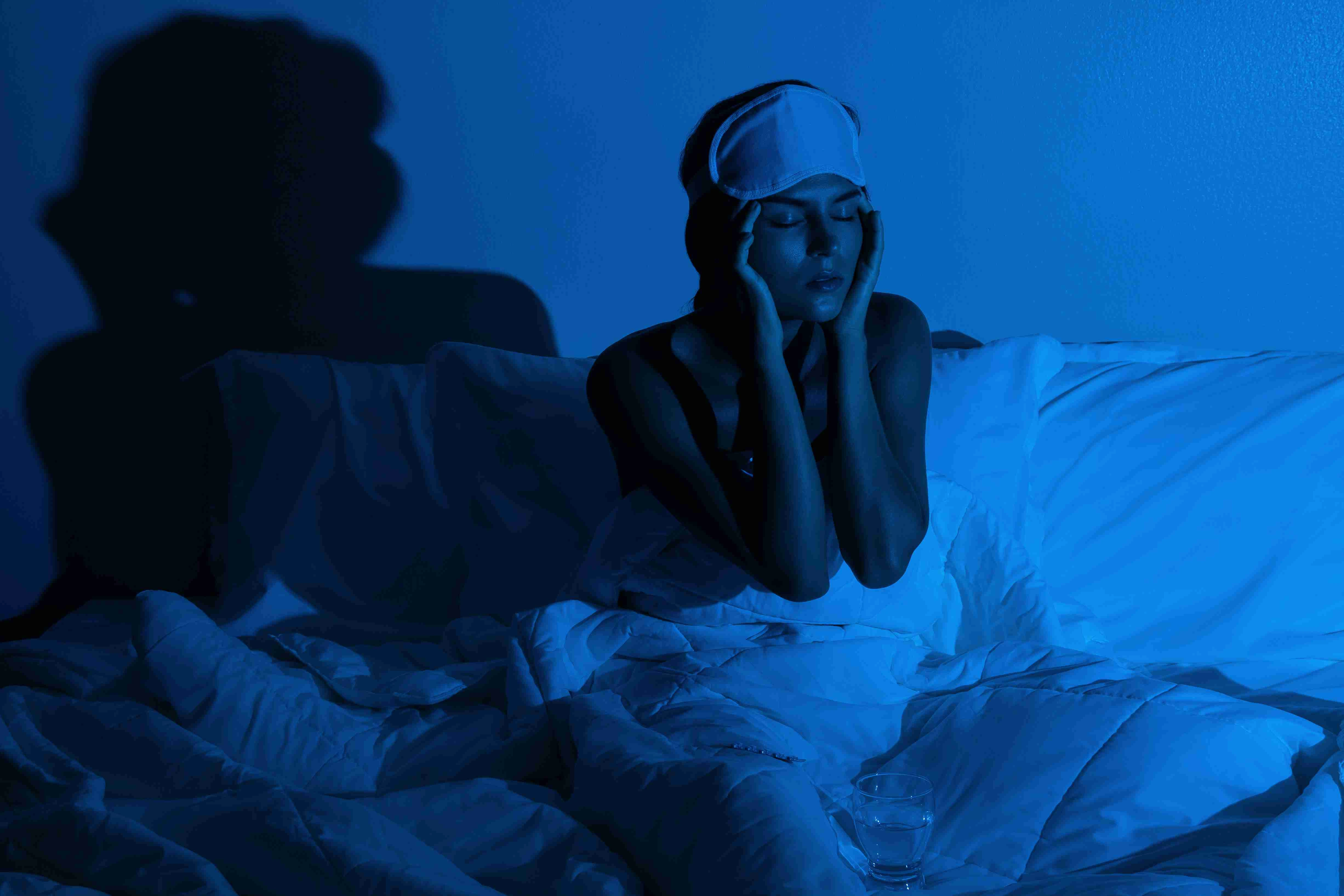
Night terrors are a sleep disorder characterized by intense fear and panic during sleep. These episodes can be incredibly distressing for both the person experiencing them and their loved ones.
The fact that night terrors occur during the deepest stage of sleep, known as REM sleep, makes them even scarier. During this stage, our bodies are paralyzed, and our brains are active, creating a perfect setting for these terrifying experiences.
FAQs
Is sleep paralysis common?
Sleep paralysis is a relatively common phenomenon that affects a significant portion of the population. While the exact prevalence of sleep paralysis is difficult to determine, it occurs in approximately 8% of the general population. However, the frequency and severity of episodes can vary greatly among individuals.
Do people eat in their sleep?
Yes, sleep eating, also known as nocturnal eating disorder (NES), is a condition where individuals consume food during their sleep. Although relatively rare, it can have significant consequences for those affected especially since people during these episodes are usually unconscious and could consume dangerous items.
Is exploding head syndrome dangerous?
Despite its alarming name, exploding head syndrome is not dangerous. While it can be distressing and disruptive to Sleep-wake systems, it does not cause any physical harm or indicate any underlying medical conditions. The loud noises or sensations are typically described as explosions, crashes, or bangs, but they are purely auditory and do not involve any actual damage to the head or brain.
What is lucid dreaming?
Lucid dreaming or dream control refers to the state in which an individual becomes aware that they are dreaming while they are still in the dream. It is a phenomenon that allows the dreamer to have control over their dreams and actively participate in them.
When should I consult a professional regarding frequent nightmares?
Nightmares can be a normal part of the sleep cycle, but when they become persistent and disruptive, it could indicate an underlying issue. Consulting a professional, such as a therapist or psychologist, can help identify any potential causes or triggers for your nightmares.
Conclusion
While these creepy facts about sleep may be unsettling, it's important to remember that most people experience restful nights without any of these frightening occurrences.
If you do encounter any sleep disturbances or disorders such as insomnia, sleep apnea, sleep anxiety, or sleep terrors seeking professional help can provide solutions and improve your sleep habits and sleep quality. Sweet dreams!
Jessica H.
Jessica is a reviewer, writer, and sleep enthusiast at Sleepiverse. Jessica graduated with her master's degree in Nursing research and education. She is a registered nurse and currently works in the Intensive Care Unit. Since becoming a nurse, Jessica has worked the night shift, which means a disrupted sleep schedule. Knowing she needed to function at her best while caring for patients at night, she spent a lot of time researching how to sleep well with a difficult schedule.
